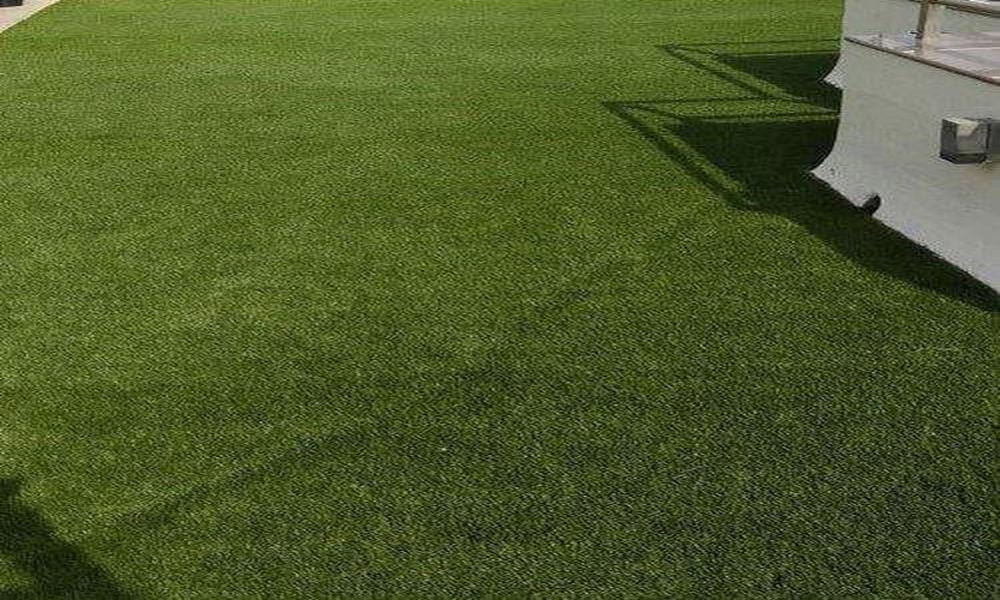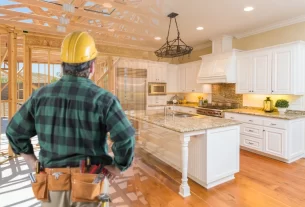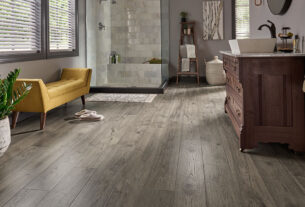Artificial grass is an excellent option for interior design because of its many benefits. Firstly, it is incredibly versatile and can be used in a variety of ways, from flooring to wall coverings. This makes it an ideal option for creating unique and creative spaces. Secondly, it is low maintenance and does not require regular watering or mowing like natural grass. This makes it an ideal option for spaces that do not receive enough sunlight or where the upkeep of natural grass is not feasible. Additionally, artificial grass is an eco-friendly option as it does not require any pesticides or fertilizers, making it safe for both people and pets. Finally, it can improve indoor air quality by trapping dust and other airborne particles.
Artificial grass is no longer limited to outdoor use only. With the rise of modern interior designing trends, this versatile and innovative option has made its way indoors. The use of artificial grass in interior design is becoming increasingly popular, and it is not hard to see why. From enhancing the aesthetics of space to improving indoor air quality, artificial grass can provide numerous benefits.
How can artificial grass be used in interior design?
Artificial grass can be used in a variety of ways in interior designing, some of which include:
Flooring: Artificial grass can be used as flooring in various areas of the house, such as the living room, playroom, or even the bathroom. It can add a unique touch to a space and create an illusion of being outdoors.
Wall coverings: Artificial grass can be used to cover walls, creating a green and natural-looking accent wall. This can be an excellent option for spaces where natural light is limited or where real plants are not feasible.
Furniture: Artificial grass can be used to create unique and eye-catching furniture pieces such as benches, chairs, and even tables. This can add a touch of nature to a space while also being functional.
What are the maintenance requirements of artificial grass?
One of the significant benefits of using artificial grass is that it requires minimal maintenance compared to natural grass. However, there are still some maintenance requirements that need to be considered. Firstly, artificial grass should be vacuumed regularly to remove any dust or dirt that may accumulate on its surface. Secondly, spills should be cleaned immediately to prevent stains from setting in. Thirdly, artificial grass should be brushed occasionally to keep its fibers upright and prevent matting. Finally, it is essential to ensure that the subfloor is level and free of any debris before installing artificial grass to prevent any damage to the material.
artificial grass is an innovative and versatile option for interior design. Its numerous benefits, such as low maintenance, eco-friendliness, and air purification, make it an excellent choice for homeowners and designers alike. It can be used in various ways, from flooring to wall coverings and even furniture, to create unique and creative spaces. However, proper maintenance is still required to ensure its longevity and functionality. With its growing popularity, artificial grass is sure to be a trend that is here to stay.





